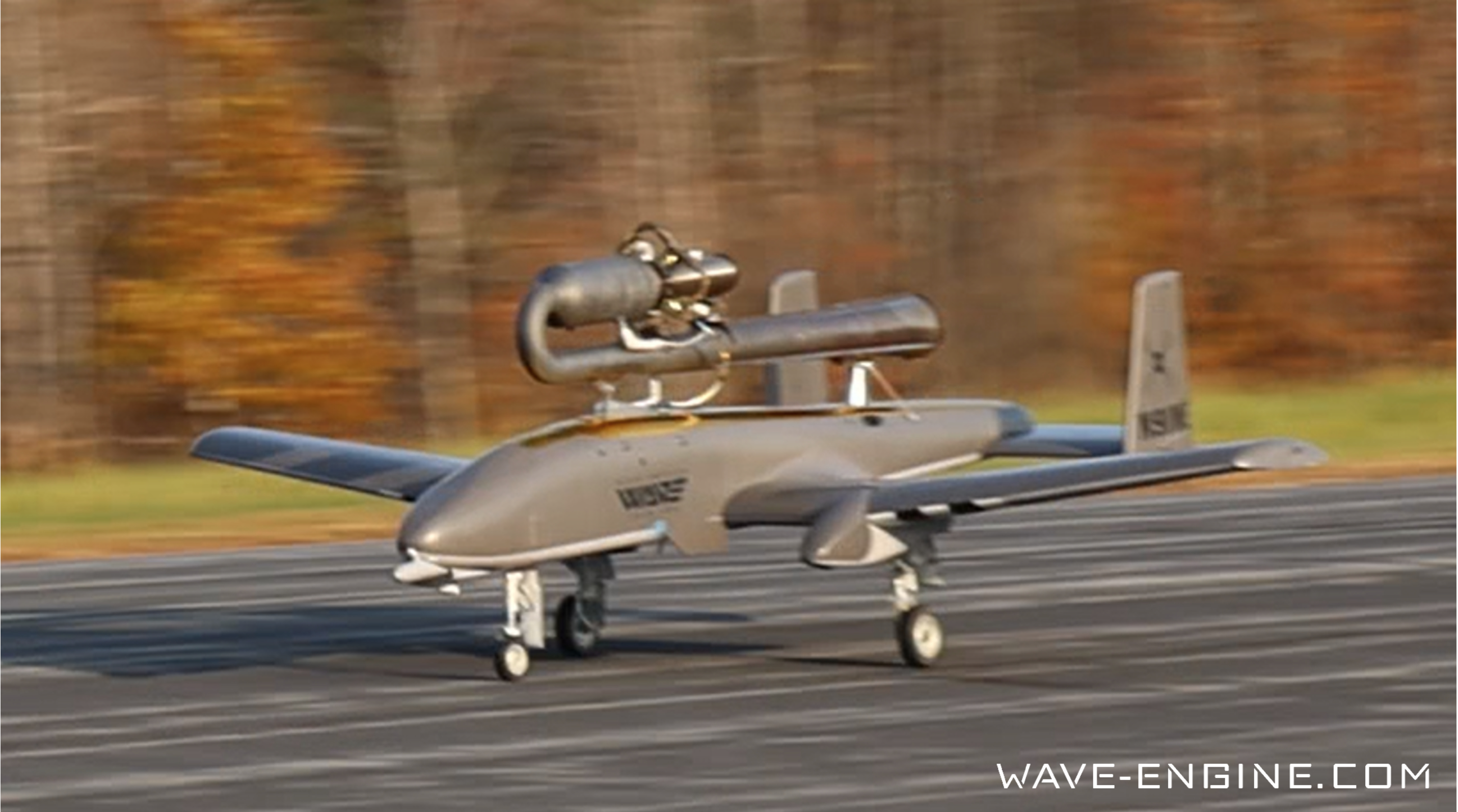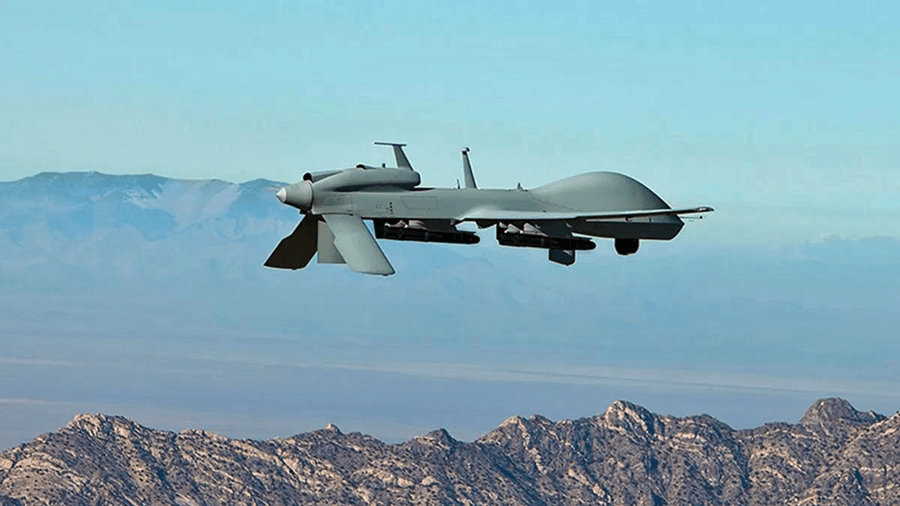With drone delivery services in the news lately, most people have been wondering when—and how—they’ll get their first packages. We asked Adam Woodworth, CEO of Wing—a drone-delivery company owned by Alphabet Inc., which is also Google’s parent company—about the process.
In 2019, Wing became the first drone-delivery company to receive approval from the FAA, and since then they have delivered hundreds of thousands of packages.
Model Airplane News: Where are the drones currently being flown?
Adam Woodworth: In the United States, Wing is delivering packages by drone in the Dallas-Fort Worth metro area and in Southwest Virginia. We also operate in a number of locations in Australia and Europe.
MAN How does the process work?
AW: Deliveries are initiated either by customers using Wing’s own app to place orders, or through partner apps. Once the item is ready to go, a drone takes off, picks up the package using a tether, and then navigates to the delivery spot. Once at the destination, the drone slows down, hovers, descends to a delivery height of approximately 23 feet, and then lowers the package on the same tether. The drone automatically releases the package when it touches the ground, and then climbs back to cruise height and returns to Wing’s facility. Finally, it autonomously lands on a charging pad and gets ready for its next mission.
MAN Who is actually flying the drone during the delivery flight?
AW: The drones essentially fly themselves—our flight navigation system plans the routes to the intended delivery locations. A team of pilots oversees the flights remotely.
MAN Tell us about the drone itself.
AW: The drone is custom-designed and built, using materials and components familiar to the hobby. They are built around a carbon and plastic frame, with EPO flying surfaces. They weigh about 10 pounds, have a wingspan a bit over three feet, and carry about three pounds up to 12 miles round-trip. It’s a multirotor/plane hybrid with 12 lift rotors for hover redundancy and four motors for cruise, which is around 65 mph.
MAN Are the drones equipped with cameras?
AW: The plane has two pairs of low res cameras pointed downward on the back of the fuselage to aide with navigation and obstacle detection. Unlike most drone applications, we do not have a live video feed from the aircraft.
I think that drones are so often associated with photography because that was one of the first and most common uses of the technology. But Wing flies a different type of aircraft that was purpose-built to deliver packages.
MAN How do the drones avoid commercial air traffic, power lines, and even RC flying fields?
AW: We use a technology called ADS-B and visual observers to monitor the airspace around our operations. Our flight planning software plans routes around obstacles.
We set up operations away from RC flying fields and airports. We do fairly extensive community engagement before we launch operations to understand the needs and concerns of local RC fliers and other interested groups. Many of our employees are hobbyists, including me, and it’s very important to us that the RC flying community be supported and respected. There is plenty of airspace for everyone, we don’t want to impede the hobby or other airspace users with our operations.
MAN How do the drones accomplish the actual delivery?
AW: The drones can deliver to very precise locations, at individual homes in the front yard or backyard, or to a specified area at an apartment building, public park, business, or hospital. Wing pre-populates suitable delivery spots, which customers can select in the app when they place an order. Wing’s drones then automatically navigate to that spot, and lower the package to the ground slowly, on a tether.
MAN Is there anything else you would like to add?
AW: Thanks for the opportunity to explain a bit more about what we do. I personally believe the modeling community is a critical part of aviation and technology, and serves as a gateway for many to flight. I’ve spent my whole career in aviation, and I owe many of those opportunities and experiences to this community. It’s created lasting memories and lifelong friendships. That’s a shared story for many at Wing. A significant percentage of our employees first developed their passion for aviation by building and flying airplanes and drones, and they continue to be active participants in the hobby. This is a story I tell whenever I get the chance with stakeholders around the globe, stressing the importance of protecting and promoting this amazing part of aviation. I have a daughter who’s just getting to the age where she’s interested in participating in the hobby with me, and I want to help ensure a future where she can have as much fun as I have had building and flying things.

Wing CEO Adam Woodworth holds a prototype drone called the “Hummingbird.”




By Debra Cleghorn
Photos courtesy of Wing



















